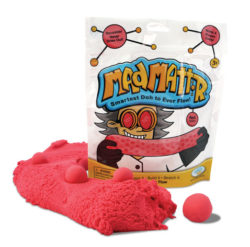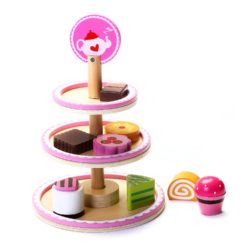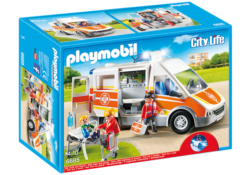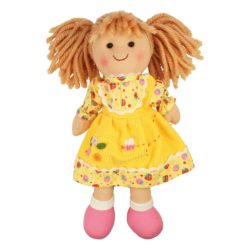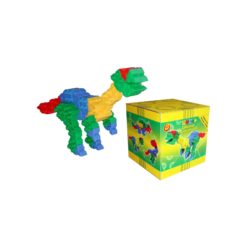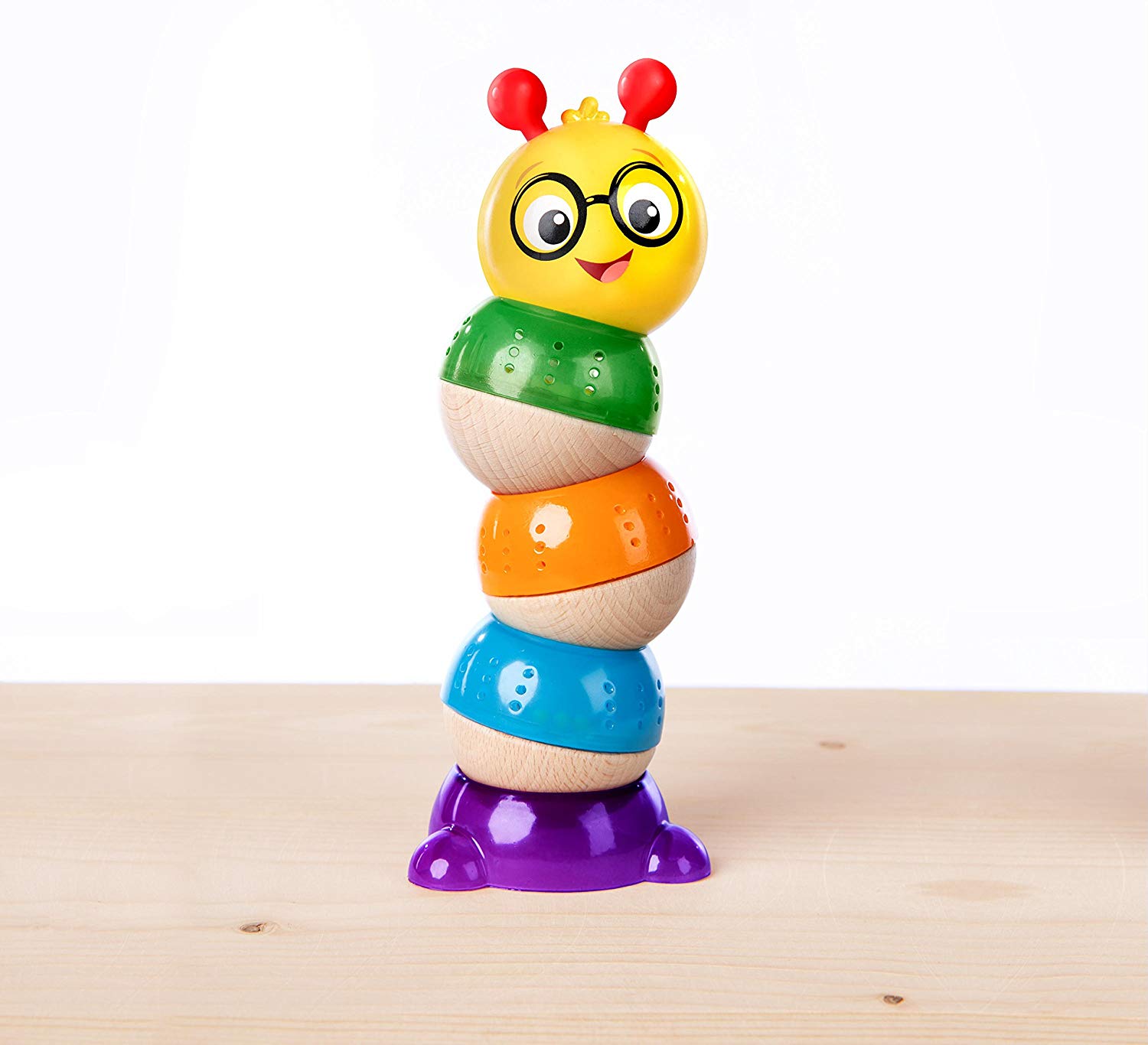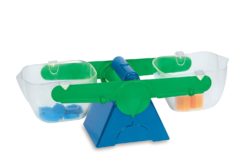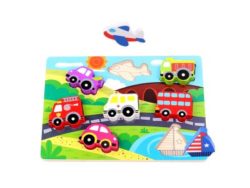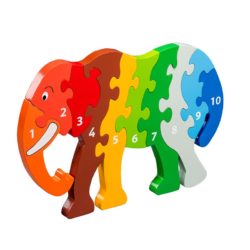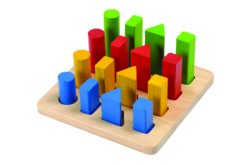No products in the cart.
Kids' Learning Toys
View all productsWelcome to have a look at our kid’s learning toys. Playing with educational toys nurtures significant educational lifetime values in children across all ages. The best educational toys for children help with their development as well as being highly entertaining and engaging.
-
 Arts & Crafts Show me >
Arts & Crafts Show me > -
 Imaginative & Pretend Play Show me >
Imaginative & Pretend Play Show me > -
 Small World & Vehicles Show me >
Small World & Vehicles Show me > -
 Dolls, Puppets & Soft Toys Show me >
Dolls, Puppets & Soft Toys Show me > -
 Construction Show me >
Construction Show me > -
 Sensory, Fidget & Motor Skills Show me >
Sensory, Fidget & Motor Skills Show me > -
 Science & Technology Show me >
Science & Technology Show me > -
 Puzzles & Games Show me >
Puzzles & Games Show me > -
 Wooden Toys Show me >
Wooden Toys Show me > -
 Educational Toys Show me >
Educational Toys Show me >
Benefits of Educational Toys
Educational toys equip children with numerous skills including fine motor skills, hand-eye coordination, physical development, literacy, numeracy, understanding the world, creativity, observational skills, social skills and communication skills. Different types of educational toys promote different sets of skills, depending on the child’s age and how they learn. Here, you can explore a wide range of toys for playing and learning designed for babies, toddlers (1 year old to 2 years old), preschool children (3 years old to 5 years old) and older children (5 years old to 11 years old).
Educational Toys for Babies
New-born babies don’t need toys in the first few weeks as they can’t see much and cannot hold nor manipulate toys. A few weeks later, babies start developing their vision and toys with bright and contrasting colours can be captivating for babies. Babies like listening to toys that make sounds or tinkle like rattles. From around 3 months old, babies might start grabbing toys, even if accidentally. Toys with varying textures, fabrics and crinkly materials stimulate the sense of touch and sound and help babies develop their attention. When babies approach 6 months old, they become more active, they can sit, can reach out and hold toys, and their minds revel in stimulating toys. Moving and rolling toys are an excellent way for promoting movement, especially soft textured balls, flashing balls, reflective balls, and cars and vehicles. Between 6 and 12 months old, babies become more engaged with educational toys that promote fine motor skills and exploration, such as stacking, dropping, taking out and putting in, and opening and closing. Soft building blocks and stacking toys are great fun to safely explore early construction skills while developing hold and grip. Soft books or fabric books with captivating pictures are easy and safe to hold and are fantastic for promoting an early love of books. Some cloth books come with tactile pieces such as teether toys, or teething toys, and are lined with crinkly material. Other soft books come attached with rattles making them both a book and a toy at the same time.
Educational Toys for Toddlers
As babies achieve the milestone of walking and graduate to toddlers, they are all over the place and thrive on toys that promote physical development such as walking, bending, riding, pushing and climbing, from rocking horses to push & pull toys. Toddlers love experimenting with cause and effect and toys and books with elements of “hide and seek”, like pop-up toys and activity toys with light and sound, offer lots stimulation. Perfect educational toys for 1 year old and 2 years old toddlers include toys that promote role-playing and copying the world around them. Dolls, soft-toys and stuffed animals as well as toy cars and vehicles, and play food are great for pretend play. Sensory toys enliven toddlers’ senses including sight, sound and touch. For example, light, colour and sound blocks promote visual and audio interest. Messy play toys, like sand and water toys are wonderful educational toys to develop hands-on exploration of the world around toddlers by pouring, squeezing and mixing. Simple puzzles and games provide limitless opportunities to promote early problem solving and observational skills as well and fine motor skills. Construction blocks and stacking toys engage toddlers in hours of fun creative play and tickle their sense of humour when the bricks collapse!
Educational Toys for Preschoolers
Before preschool age, toddlers explore how toys work. By preschool age (3 years old to 5 years old), children know how to use toys for intended purposes. Preschoolers have very active imagination and conjure up make-believe worlds with endless possibilities. The best educational toys to inspire children’s imagination are open-ended toys that can be played with in numerous ways, such as pretend play toys and role-play toys including puppets and dolls, tea-time, play food, kitchen and shop, as well as small world toys including doll houses, vehicles and cars, trains and rail tracks and construction sites. Preschoolers start to interact more with their friends and siblings and begin to play in groups. Simple board games the promote social interaction help children develop social skills such as taking turns and sharing. Another important skill to prepare children for school is prewriting skills and there is a wide range of pre-writing toys to promote the fine motor skills required for writing, from puzzles and lacing and threading toys with beads and laces to play dough and modelling toys. Preschoolers can build higher towers and more elaborate worlds, and a wide range of construction toys not only develop fine motor skills but early engineering and design skills. In addition to developing their fine motor skills, educational toys for physical developments are essential to promote gross motor skills, such as the wobble balance board or trail foot marks, help with balance and movement. In preschool years, children become more interested in letters and numbers. Literacy and alphabet toys, as well as numeracy counting and sorting toys, help children recognise letters and numbers in preparation for reading and mathematics.
Educational Toys for Primary Years
Children from 5 to 7, in early primary school or Key Stage 1 (KS1), start to have in-depth conversations and are curious about understanding how things work around them. STEM toys (Science, Technology, Engineering and Mathematics) help children develop thinking skills as well as provide the tools to plan, design and create. As children have developed their fine motor skills, they can creatively manipulate construction toys to create complex structures. Games are excellent educational toys for helping children solve problems, think about decisions and the consequences of these decisions. They are also perfect for promoting social skills, especially as children develop their social interaction and friendships and learn more about how to work with others. At this stage, children are very observant and draw and paint in detail. Arts and crafts toys can make crafty projects more exciting and creative, especially when children choose the materials and colours themselves. At Key Stage 1, literacy toys, literacy games and flashcards help children to learn reading, writing and spelling while having lots of fun. Numeracy toys and games make learning maths enjoyable, tangible and relevant.
During the final years at primary school, in Key Stage 2 (KS2), intelligent toys for 8 years old to 11 years old children tend to nurture their love of learning about the world around them. Science toys and STEM toys for girls and boys provide the experiential tools to learn about nature, the human body, earth and space, materials, magnets and forces, light & sound, coding and robotics while developing their scientific skills. Older children show a rapid development of mental skills and more sophisticated games promote children’s strategic thinking and problem skills, as well as mathematical and analytical skills. Older children develop stronger curiosity about world cultures, geography and history and civilisations. Multicultural toys and language toys and books help satisfy children’s thirst to learn about our globe.
Educational Toys for Children with Special Educational Needs (SEN)
Every child is unique and learns differently. SEN toys, or educational toys for children with Special Educational Needs, facilitate learning through hands-on and sensory tools to support children with special needs such as autism (ASD) and Asperger Syndrome, ADHD, dyspraxia, dyscalculia, dyslexia and reluctant readers.

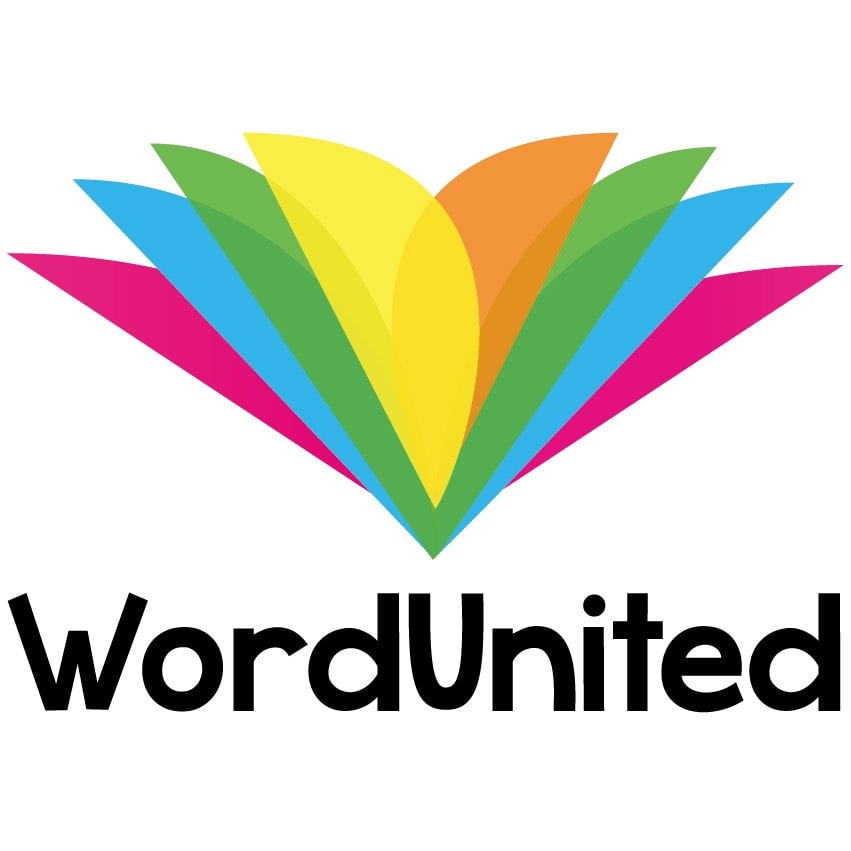

 01782 698558
01782 698558


